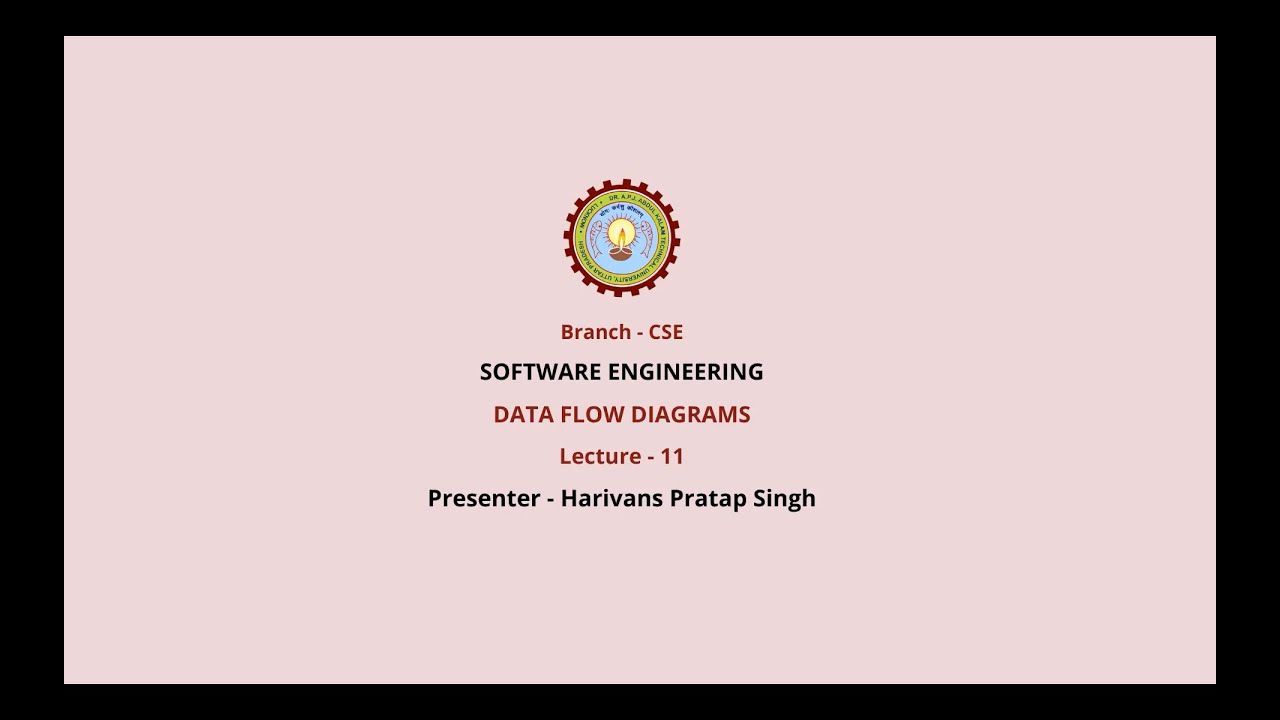Open Source Paradox Explained in HINDI {Computer Wednesday}
Summary
TLDRThe speaker emphasizes the importance of user-friendly software interfaces and the need for developers to understand the complexities involved in creating software that appeals to the general public. They discuss the disparity between the number of developers and the larger population of computer users, highlighting the necessity for accessible tools. The speaker encourages developers to solve real problems and acknowledges the challenges within the open-source community, urging a focus on usability to foster engagement and success.
Takeaways
- 😀 User-friendly interfaces are crucial for encouraging engagement with open-source software.
- 📊 Many potential developers are intimidated by complex software and may disengage as a result.
- 🧑🏫 There's a significant need for educational resources to help users understand and utilize open-source tools effectively.
- 💡 Understanding user needs is essential for developers to create relevant and useful software solutions.
- 💰 There are monetization opportunities for developers who can successfully solve real-world problems through open-source projects.
- 🔄 Community feedback is vital for improving software and ensuring it meets user expectations.
- 🚫 The open-source paradox highlights how free software can fail if it doesn't address user problems or provide adequate learning resources.
- 👩💻 Simplifying software and providing clear guidance can help attract more users and developers to open-source projects.
- 🌍 The open-source community should strive to make software accessible to a broader audience, not just technical users.
- 🤝 Collaboration between developers and users is key to creating successful and widely adopted open-source tools.
Q & A
What is the main frustration expressed by the speaker regarding user interfaces?
-The speaker is frustrated with complex user interfaces that require users to perform repetitive tasks and lack intuitive design, making it difficult for non-technical users.
How does the speaker describe the current state of the developer community?
-The speaker highlights a disparity in the developer community, noting that while there are about 50 million developers worldwide, many potential users do not engage with complex tools due to a lack of understanding.
What does the speaker suggest is essential for software development success?
-The speaker emphasizes the importance of understanding user needs and creating accessible, practical software that addresses real problems faced by users.
What challenge does the speaker identify regarding free and open-source software?
-The speaker points out that many users abandon free and open-source software because they are unwilling to invest time in learning how to use it, preferring more straightforward commercial alternatives.
What is the significance of usability in software according to the speaker?
-Usability is crucial as it determines whether users will adopt and continue using a tool. The speaker stresses that tools should be designed for ease of use, allowing users to accomplish tasks without extensive technical knowledge.
How does the speaker suggest developers can engage with users?
-The speaker encourages developers to actively seek feedback and engage with their audience through comments and discussions, fostering a community around their software.
What is meant by the 'open source paradox' mentioned in the video?
-The 'open source paradox' refers to the phenomenon where free and open-source software struggles to attract users who expect high usability without being willing to learn or adapt to the complexities of the software.
What example does the speaker provide to illustrate successful software projects?
-The speaker mentions successful projects and kits that have been created and sold, showcasing that developers can succeed by understanding user needs and providing useful solutions.
What does the speaker imply about the learning curve for software users?
-The speaker implies that many users are not willing to engage in a learning curve and would prefer tools that allow them to complete tasks efficiently without extensive training.
What call to action does the speaker make at the end of the video?
-The speaker invites viewers to like, share, and comment on the video, expressing a desire to hear feedback and improve the content based on viewer responses.
Outlines

Cette section est réservée aux utilisateurs payants. Améliorez votre compte pour accéder à cette section.
Améliorer maintenantMindmap

Cette section est réservée aux utilisateurs payants. Améliorez votre compte pour accéder à cette section.
Améliorer maintenantKeywords

Cette section est réservée aux utilisateurs payants. Améliorez votre compte pour accéder à cette section.
Améliorer maintenantHighlights

Cette section est réservée aux utilisateurs payants. Améliorez votre compte pour accéder à cette section.
Améliorer maintenantTranscripts

Cette section est réservée aux utilisateurs payants. Améliorez votre compte pour accéder à cette section.
Améliorer maintenantVoir Plus de Vidéos Connexes

Human Computer Interaction (HCI): Chapter 7-d: Design Rules: Nielsen's 10 Heuristics

49. OCR GCSE (J277) 2.1 Abstraction

Software Engineering | Data Flow Diagrams | AKTU Digital Education

Introdução ao Epi Info (Aula 01): Visão Geral

The past, present, and future of local-first - Martin Kleppmann (Local-First Conf)

HCI 1.5 Component's of Human Computer Interaction with Examples
5.0 / 5 (0 votes)
